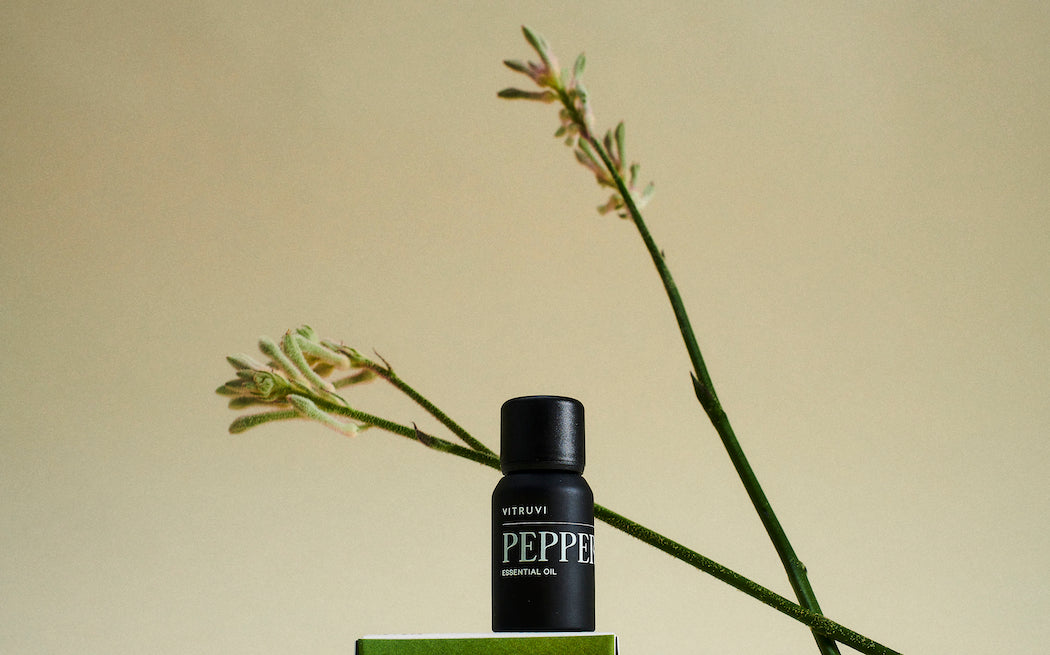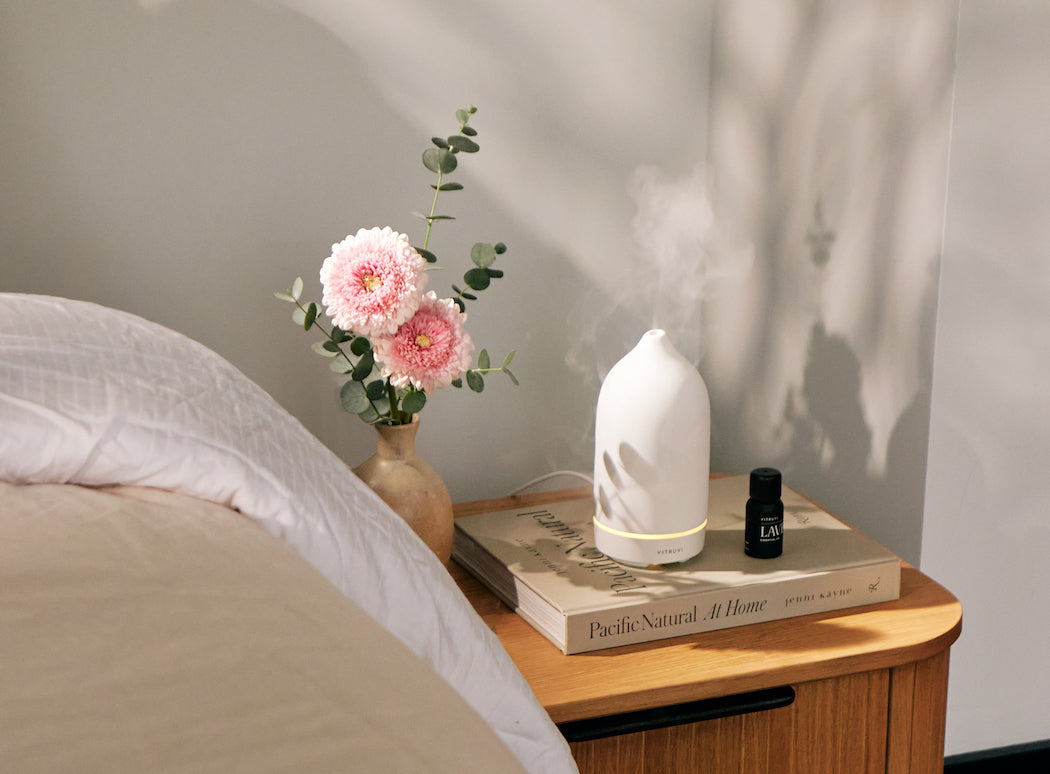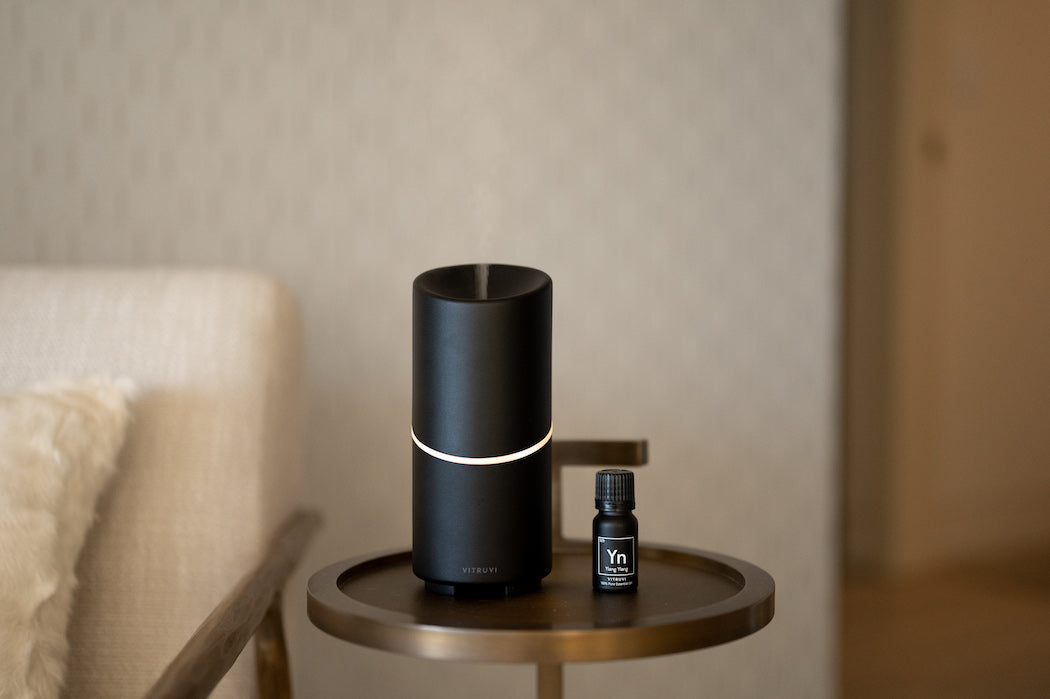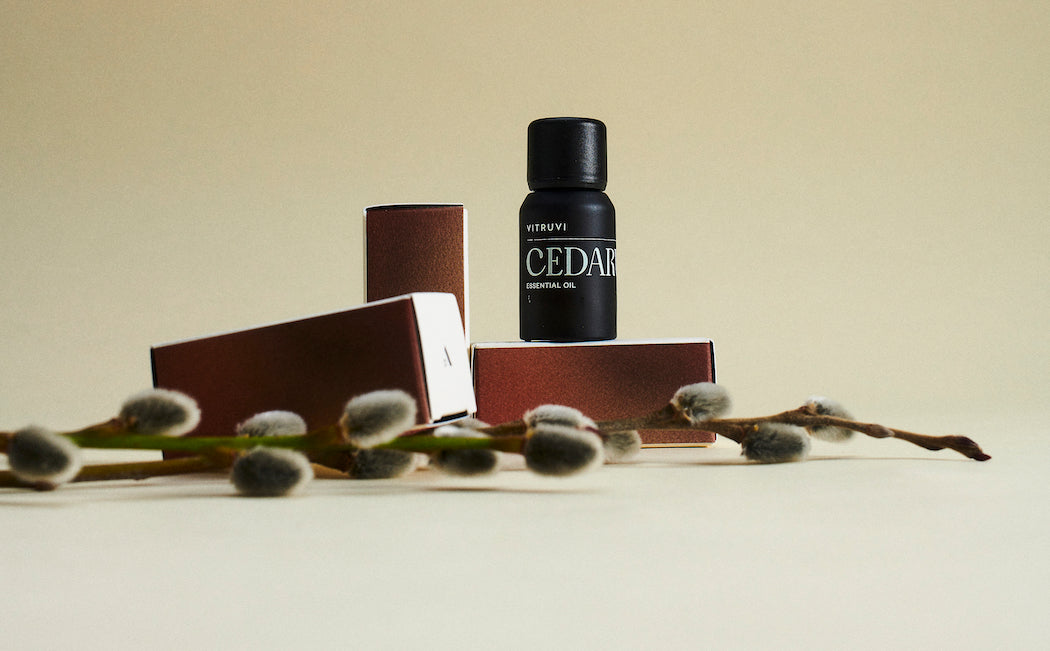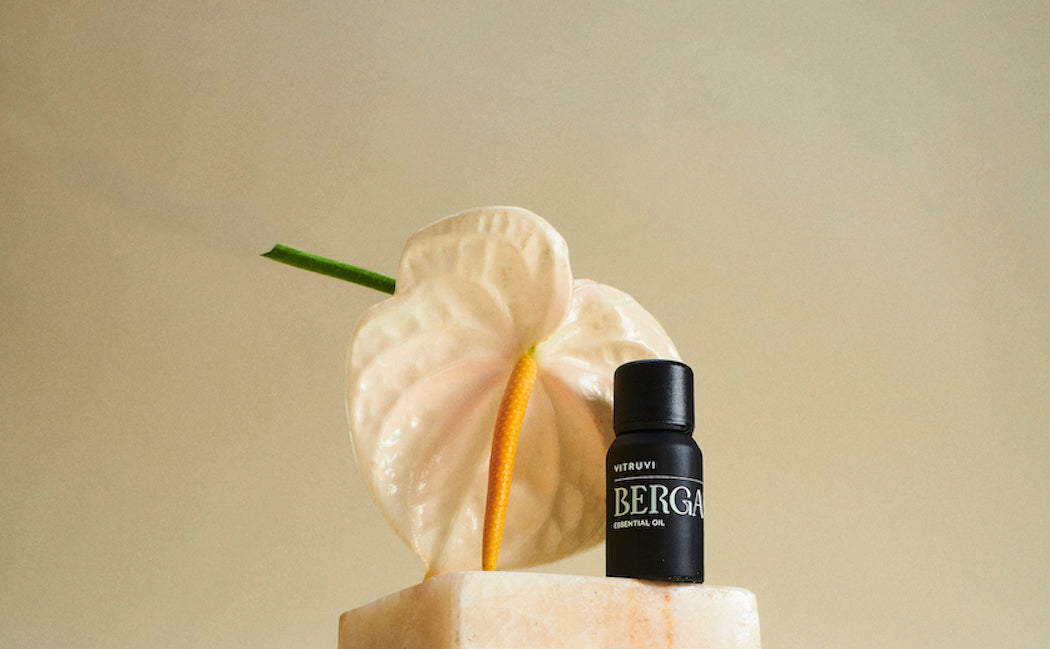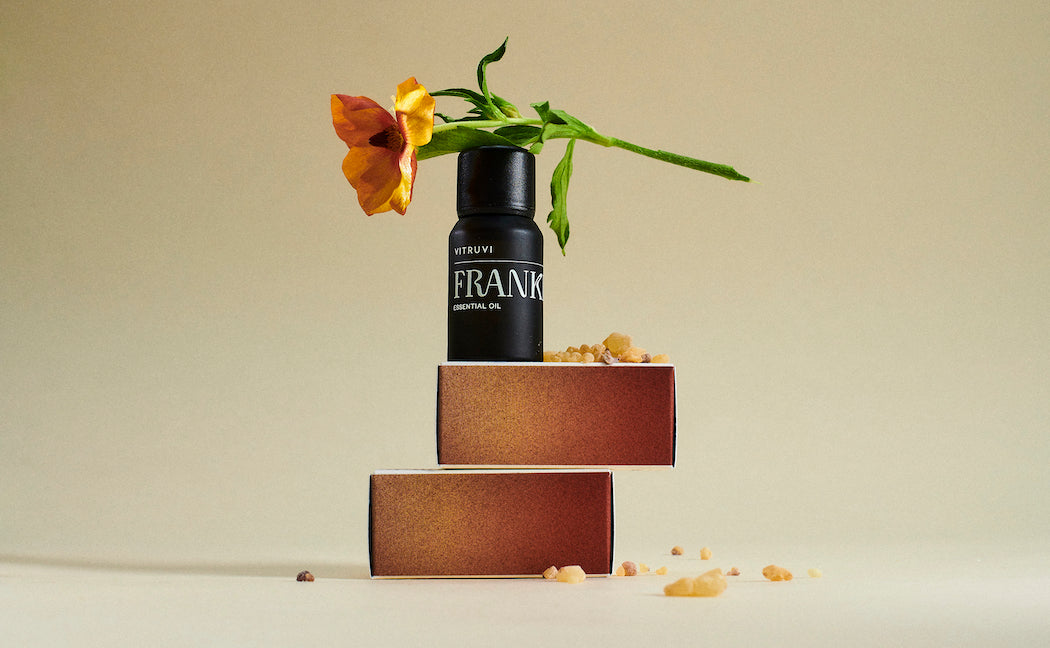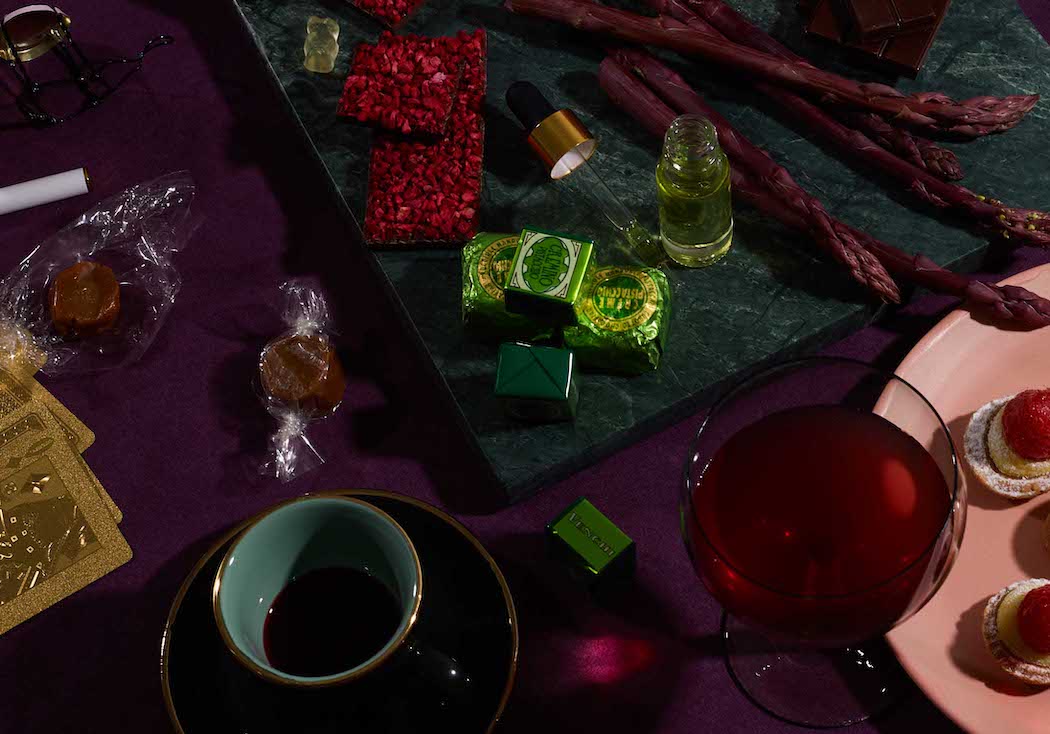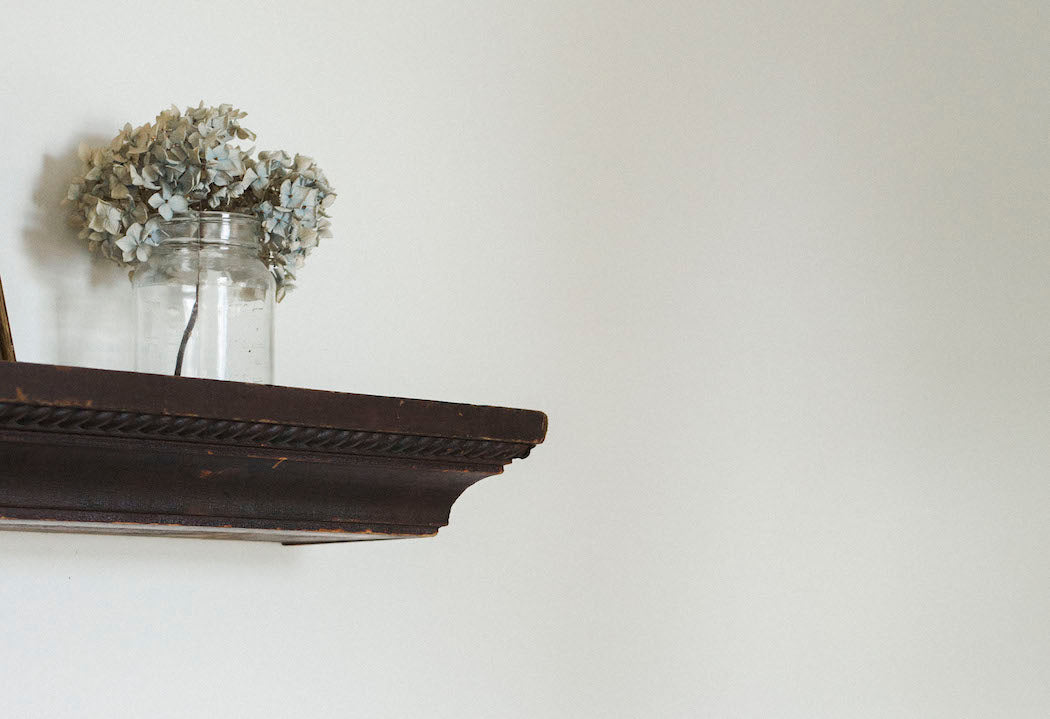Skincare tools are nothing new. From massagers to rollers to exfoliators, handheld devices and accessories have been used by the skin-obsessed for a long time.
Still, there has been a resurgence lately in ancient techniques—two in particular, both with roots in Traditional Chinese Medicine and originally used on the body but now being shown to benefit the face. The first is facial gua sha. The second is facial cupping.
What is facial gua sha?
Facial gua sha is a process with origins in Traditional Chinese Medicine. Typically used on the body, this scraping technique is known to detoxify and cleanse. It uses a flat tool with rounded edges; it often looks like a misshapen heart or dolphin fin and is usually made of jade or another cooling stone, such as rose quartz.
The benefits of facial gua sha
The benefits of facial gua sha include increased circulation, diminished fine lines, and reduced acne. Because of its scraping method, gua sha also helps contour the face, accentuating jawlines and cheekbones. Essentially, it lightly aggravates the skin, which prompts quicker healing, increased collagen production, and detoxification. It improves your skin’s natural radiance.
Gua sha technique
To start, you’ll want to cleanse your skin and apply a face oil before using a gua sha tool; this helps the tool slide along your face, and also helps the oil (which has its own nourishing benefits) absorb into your skin. Try 100 per cent pure Plum Oil or mix a face oil of your own.
Then, using gentle sliding motions, work your way from the bottom of your face to the top, going over each section of your face five to 10 times. Begin at the jawline, then do your cheekbones and the sides of your nose, then your T-zone and your forehead, each time pulling the gua sha tool upward. This scraping can cause temporary redness, so do this at night before bed for best results.
What is facial cupping?
Facial cupping uses small suction cups to increase circulation in the face. Essentially creating space between the skin and muscles, facial cupping encourages blood and oxygen flow, thus helping your skin heal and regenerate.
The benefits of facial cupping
There are many benefits of facial cupping, including skin that is smoother, clearer, and calmer. It encourages lymphatic drainage, helps combat acne, detoxifies, and improves tone. The beauty of this treatment is that it’s non-invasive, completely natural, and you’ll start seeing results right away. Tip: use facial cups at night before bed, as they can cause a bit of momentarily redness. But you’ll wake up with glowing skin.
Facial cupping technique
To use a facial cup, first cleanse your skin, and then apply a carrier oil such as Plum or Blueberry (this helps the cup to glide along your face). Then pinch the cup between two fingers, let it suction onto your skin, and gently pull it along your face in slow, long, downward strokes. Repeat this over your jawline, cheekbones, eyebrow lines, and forehead.
What is the difference between facial gua sha and facial cupping?
While they have similar benefits, there are some differences between facial gua sha and facial cupping.
Facial gua sha is an upward motion, while facial cupping is more about a downward motion. They both detoxify the skin, help combat acne, and improve tone; anecdotally, facial gua sha seems to work better for contouring and glow, while facial cupping seems to work better for acne. The two techniques can be used in tandem, or you may find yourself preferring how one or the other feels.
Together, they’re a wonderful duo to have in your skincare arsenal, ready to help you feel your best and love the skin you’re in.


